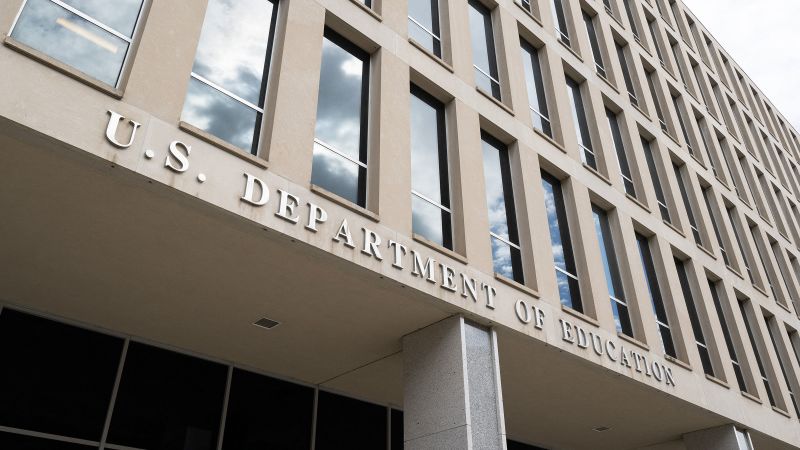Debt Collectors Unleashed: Student Loan Defaults Back on the Radar

After a prolonged hiatus that stretched through the COVID-19 pandemic, the U.S. Department of Education is set to resume collecting federal student loan payments. Starting May 5th, borrowers will once again be required to make monthly payments, marking the end of an unprecedented pause that has provided financial relief to millions of Americans since early 2020.
The restart of student loan collections signals a return to pre-pandemic financial obligations for borrowers, who have enjoyed a temporary reprieve from loan repayments for nearly three years. This transition comes with mixed emotions for many students and graduates who will need to readjust their budgets to accommodate these recurring expenses.
The Department of Education has emphasized the importance of borrowers being prepared for this change, encouraging them to review their loan details, update contact information, and ensure they are ready to resume payments. Financial experts recommend that individuals start planning now to minimize potential financial strain when the collection process resumes.
